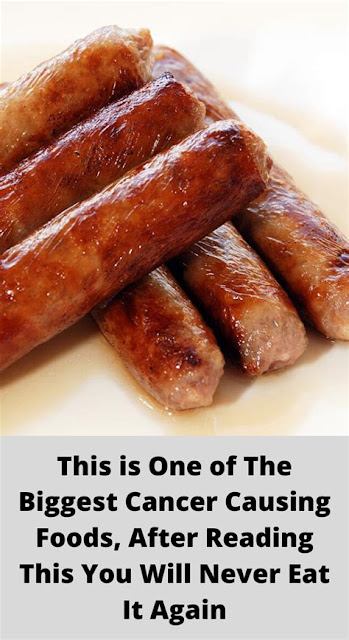Hot dogs are one of the most popular fast foods in the world, especially among kids. However, adults love hot dogs – as well.
This fast food is delicious, but in same time it is highly processed, nutrient-depleted product. According to a recent study, this meal is part of breakfast table along with eggs, bread, coffee and milk.
According to American Institute for Cancer Research, regular consummation of hotdogs for breakfast increases the risk of colorectal cancer by 21%. Knowing this fact, many people would reconsider their breakfast menu.
This meal is even more dangerous for kids, in particular for those who eat more than 12 hot dogs in a month. Consummation of hot dogs puts children at a higher risk of numerous diseases, including leukemia.
This is short list of chemical ingredients used in hot dogs:
- Mechanically separated turkey
- Pork
- Mechanically separated chicken
- Less than 2% of salt
- Dextrose
- Flavor
- Corn syrup
- Sodium diacetate
- Sodium lactate
- Sodium nitrite
- Sodium ascorbate
- Sodium phosphates
At this point it is important to mention that nitrates and nitrites contained in thermal processed meats bind with amines and form nitrosamines, which are proved to be carcinogenic. Carcinogen is substance that triggers abnormal cell division, or in other words: development of tumor in a tissue.
Animal remains are other unhealthy ingredients contained in hot dogs, and there are included: fatty tissues, skins, animal feet, heads and other “edible” by-parts.
In addition to all that, as United States Department of Agriculture (USDA) under the Freedom of Information Act (FOIA) generally has reported, very often hot dogs contain external objects such as maggots, glass shards, parts of eyeballs, rat legs, Band-Aids and disposable blades.
